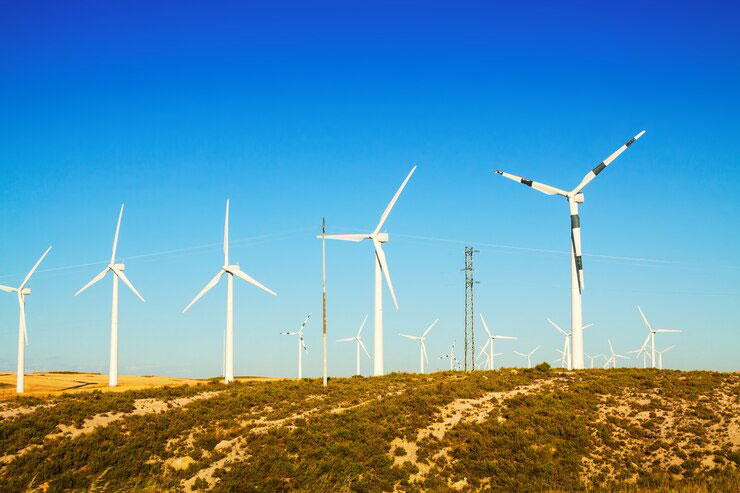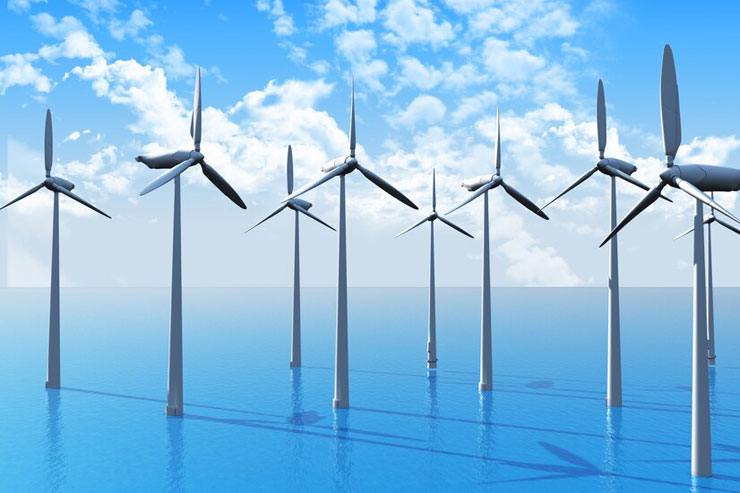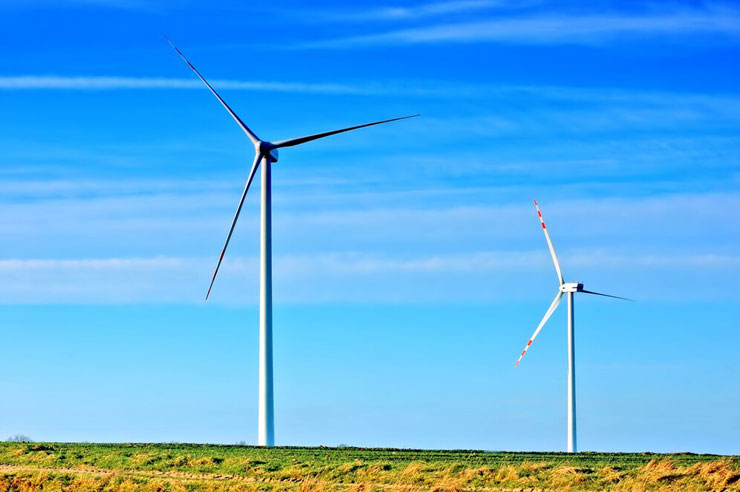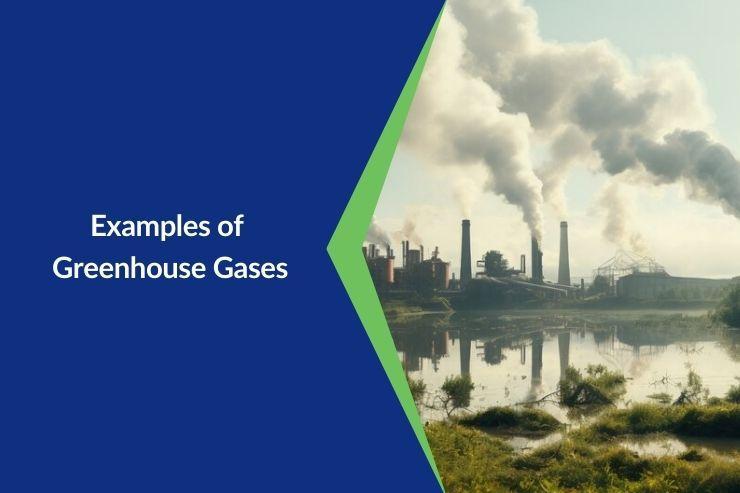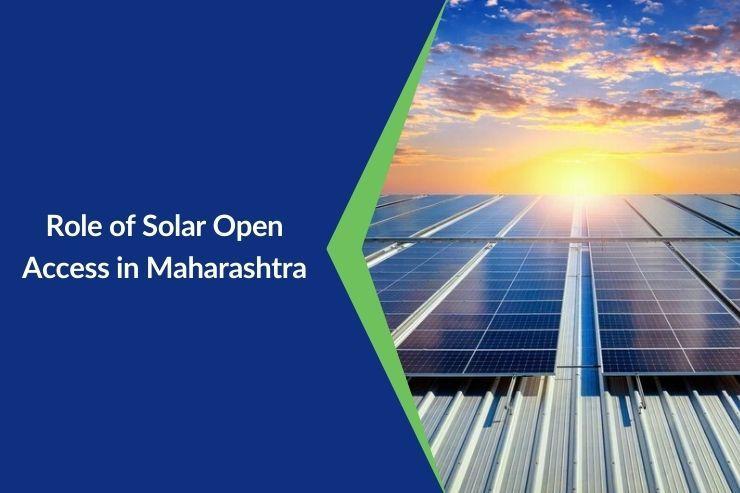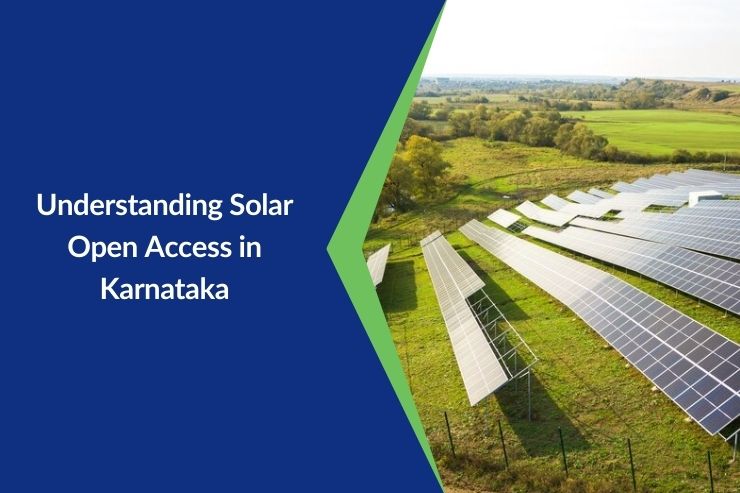Introduction to Wind Energy Systems
Wind energy systems harness the kinetic energy from wind and convert it into electricity, playing a crucial role in the global shift towards sustainable energy solutions. These systems are integral components of the renewable energy landscape, capturing the natural power of the wind through sophisticated technology designed to minimise environmental impact while maximising energy output.
How Wind Energy Systems Work
Wind energy systems transform the motion of wind into usable electrical power, a green alternative to fossil-fueled energy sources. This section delves into the mechanics of how these systems harness and utilise wind.
Basic Principles of Wind Energy Conversion Systems
The conversion of wind energy into electrical power involves a series of technological processes and key components. At its core, the process begins with wind turbines, which capture wind energy and convert it through rotors connected to generators. The energy produced is then conditioned and transmitted as electricity, showcasing a harmonious blend of nature with technology.
Wind Energy Generation Systems Explained
In wind energy generation, the captured wind rotates turbine blades connected to a rotor. The rotor’s movement drives a generator, producing electricity. This energy is then stepped up in voltage through transformers and integrated into the power grid, illustrating the seamless transformation of wind into a sustainable power source.
Also Read – Wind Turbine Power Plants
Types of Wind Energy Systems
Different environments and geographical locations necessitate various types of wind energy systems, each with unique characteristics and applications.
Onshore Wind Energy Systems
Onshore wind systems, the most common type, are deployed on land and are easier and cheaper to install and maintain compared to their offshore counterparts. However, they often face opposition due to noise and aesthetic impacts on the landscape.
Offshore Wind Energy Systems
Installed in bodies of water, offshore wind systems harness stronger, more consistent winds. They are more expensive and technologically challenging to install but yield higher energy outputs, representing significant advancements in wind technology.
Hybrid Wind Energy Systems
Hybrid systems combine wind with other renewable energy sources like solar energy systems, enhancing energy reliability and grid stability. These systems exemplify the innovative approach in hybrid energy solutions, optimising energy production from multiple sources.
Components of Wind Energy Power Systems
The efficiency and functionality of wind energy systems depend on their components, each playing a pivotal role in energy conversion and distribution.
Wind Turbines
The wind turbine is the heart of the wind energy conversion system, where kinetic wind energy is first captured and converted into mechanical energy. Its design and operational efficiency directly influence the overall effectiveness of wind energy production.
Electrical Systems
The electrical components, including generators and transformers, play critical roles in converting mechanical energy into electrical energy and ensuring that this energy is suitable for grid use. The transmission system then distributes this electricity across vast distances, showcasing the intricate system behind wind-generated power.
Control Systems in Wind Energy
Control systems in wind turbines monitor and adjust the operation of the turbine to maximise efficiency and safety. These systems are crucial in optimising the wind turbine efficiency and ensuring consistent energy output under varying wind conditions.
Advantages and Challenges of Wind Energy Systems
Wind energy systems offer substantial environmental benefits but also pose technical and financial challenges that impact their implementation and operation.
Environmental Benefits
Wind energy systems significantly reduce carbon emissions and are a cornerstone of sustainable energy solutions. By providing a renewable means to generate power, they play a vital role in meeting global sustainable energy goals.
Technical and Financial Challenges
Despite their benefits, wind energy systems face challenges such as high initial costs, maintenance issues, and the need for technological advancements. The financial aspect involves significant investment in infrastructure and ongoing maintenance, with the potential for substantial returns through improved technology and cost efficiencies.
Future Trends in Wind Energy Systems
The future of wind energy is dynamic and promising, with technological innovations and increasing global adoption shaping its trajectory.
Emerging technologies in wind energy include advancements in turbine technology and improvements in grid integration processes.
Recent advancements focus on creating more efficient turbines capable of operating under diverse environmental conditions. Innovations such as larger blade designs and enhanced materials that make turbines lighter and more durable are central to increasing the energy capture and operational lifespan of wind energy systems.
The offshore wind sector is witnessing rapid expansion due to the stronger and more consistent wind speeds available offshore. This sector is expected to see a nearly tenfold increase in capacity by 2040, driven by technological improvements and supportive policies, enhancing its contribution to the energy mix.
Artificial intelligence and automation are revolutionising wind farms by optimising operations and maintenance. AI helps in predictive maintenance, reducing downtime and enhancing energy output, while automation allows for remote monitoring and management, which is particularly beneficial for offshore settings.
The integration of wind with other renewable energy sources, such as solar, through hybrid systems is becoming more prevalent. These systems help stabilise energy supply by balancing fluctuations in wind and solar power. Additionally, advances in storage technologies like batteries and hydrogen are improving wind energy’s grid integration, making it a more reliable and consistent energy source
Conclusion
Wind energy systems are pivotal in the renewable energy sector, offering a robust alternative to traditional energy sources. Their continuous evolution and adaptation play a crucial role in shaping a sustainable future, emphasising the importance of ongoing innovation and global cooperation in renewable energy development.
Frequently Asked Questions
How does a Wind Energy Conversion System Work?
Wind turbines harness the wind to generate mechanical energy. This mechanical energy is converted into electricity through generators within the turbine. The system efficiently transitions kinetic wind energy into usable electrical power, integrating it into the power grid.
What are the Different Types of Wind Energy Systems?
Wind energy systems are categorised into onshore, offshore, and hybrid types. Each is designed to optimise energy production based on environmental and geographical conditions, providing flexibility in addressing diverse energy needs.
What are the Environmental Benefits of Wind Energy Systems?
Wind energy systems dramatically reduce carbon emissions, supporting global sustainable energy initiatives. By replacing fossil fuels, these systems decrease greenhouse gases and foster a cleaner, more sustainable environment.
What are the Challenges in Implementing Wind Energy Systems?
Implementing wind energy systems involves high initial investments and maintenance. Technological advancements are needed to enhance efficiency and reduce costs, addressing these financial and operational challenges effectively.
How does a Wind Energy Power System Generate Electricity?
A wind energy power system generates electricity by converting the kinetic energy of wind into mechanical energy through a turbine, which then powers a generator. This process results in reliable and renewable electricity suitable for grid distribution.
What is the Future of Wind Energy Systems in the Renewable Energy Sector?
The future of wind energy systems is marked by innovation and increased integration with other renewable sources. This evolution is set to enhance efficiency and adoption, driving forward the renewable energy sector towards more sustainable solutions.






